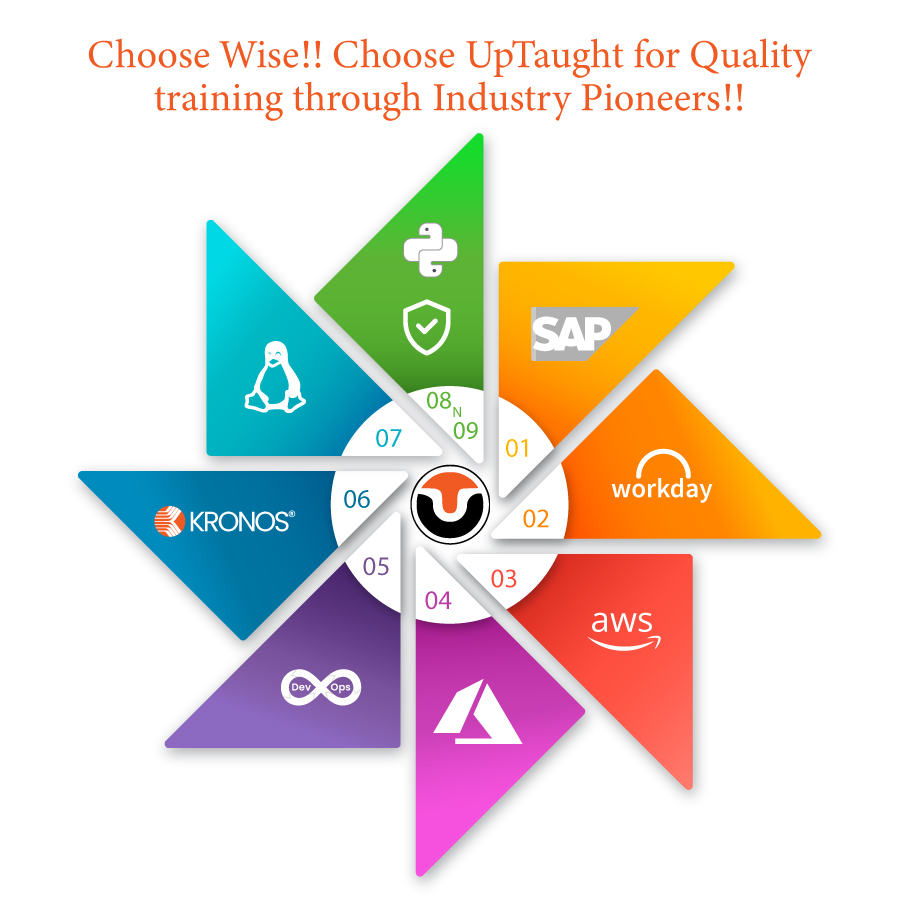In the SAP universe, human resources (HR) magic happens in SAP SuccessFactors. When it comes to payroll, customers can rely on the Employee Central Payroll solution to help them get the job done.
Although an Employee Central Payroll system is hosted in the cloud, other supporting systems may be on-premise or hosted in the cloud. These systems process the data that comes in and goes out of them in an organized cadence. The information is gathered through a range of critical business operations that are intertwined with the employee lifecycle. Several stakeholders are involved in these processes, which either generate or consume data.
Want to know more? Click here
Table of Contents
Payroll Data Types
Data is essential to every payroll system, and SAP’s solution is no exception. Employee Central Payroll can work with five different forms of data.
Personal Data
Personal data refers to information about an individual employee. This comprises information such as the employee’s address, full name, and the number of hours they are expected to work every week. The type of contract they have hourly or salaried the area they work, and the name of the person who oversees or manages them are all examples of additional information. This information is often maintained in an HR system and is used to calculate and report on employee pay. Employee Central Payroll can only function if the HR system is Employee Central.
Compensation data
The contracted rate of pay, the hourly rate for employees paid by the hour, or a monthly/annual salary for salaried employees paid a set amount regardless of how many hours they work is the focus of compensation data. Certain non-recurring incomes may also be included in compensation. Your pay planning system does not have to be SAP SuccessFactors for Employee Central Payroll to work. The final pay rates and bonus amounts, on the other hand, must be available in Employee Central or Employee Central Payroll.
Regulatory Data
Employers are subject to regulatory restraints such as taxes and garnishments. This regulatory data is necessary for each employee to correctly calculate their net pay by deducting the relevant tax deductions.
Because this type of data isn’t really relevant for HR procedures, the majority of this regulatory data is loaded directly into the payroll system. However, some Employee Central capabilities, known as mashups, allow this data to be entered directly into the payroll system using the Employee Central user interface.
Time data
Hourly employees must have accurate time data in order to be paid correctly because their pay is based on the number of hours they work. A system like WorkForce Software or Kronos is frequently used to manage time data. The examination of time data, such as overtime labor or paid leave, is accompanied by complex rules. These guidelines are usually found in the time system, and the results of the evaluation are transferred to the payroll system via an interface. The Employee Central Payroll system then applies the rate of pay to this time data to determine what the compensation should be.
Click here to know more
Finance Data
Finally, finance data is essential to maintain the company’s financial accounts up to date with accurate payment accounting. Company codes, cost centers, profit centers, vendor codes, and general ledger codes are examples of this data. Direct interfaces that give the appropriate financial master data to the payroll system and refresh this data frequently to keep it current are available in the finance system is an SAP system (such as SAP ERP Financials or SAP S/4HANA Finance).
Bottomline
That’s all for today. If you want to learn more about SAP SuccessFactors, go here.
Thanks for learning!





